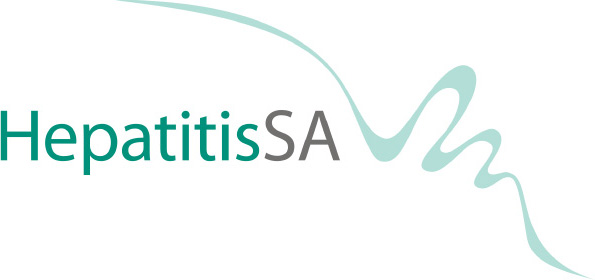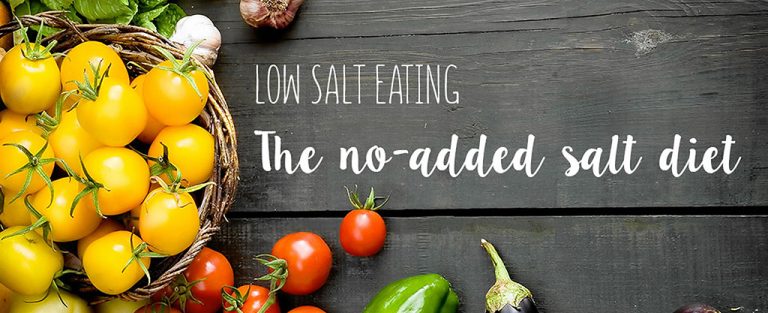Salt is so much a part of what we eat daily. When our doctors tell us to eliminate or reduce salt from our diet, many of us find that it's easier said than done.
How do we start? Is there only one way to do it? Are there options?
This is the first of a three part series for people living with liver disease, looking at some possible ways to go about reducing your salt intake. As always, take from it what works for you, and discuss with your nurse, doctor or dietitian.
We will be looking at how to modify your diet to stay within the recommended daily sodium intake of 2,300mg per day. This daily limit is for those people who need to control fluid retention and is significantly higher than that recommended for people who need to control high blood pressure.
Check with your doctor which limit is right for you.
Part One will cover the No Added Salt diet recommended by GESA and many other medical associations around the world.
Part Two will discuss tracking your daily sodium intake so that you can see whether this is a realistic option for you.
Part Three is for people who don’t cook and rely heavily on takeaway or supermarket meals.
We will look at which of these foods you will be able to continue to eat and what types of changes you might need to make to stay within the recommended daily sodium intake. Each part will consider the costs and benefits of each style of eating and have links to recipes or further resources.
Other parts in this series:



